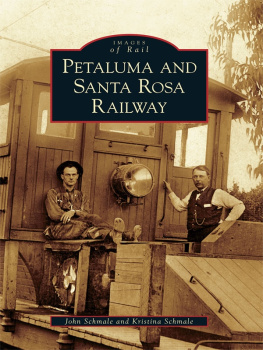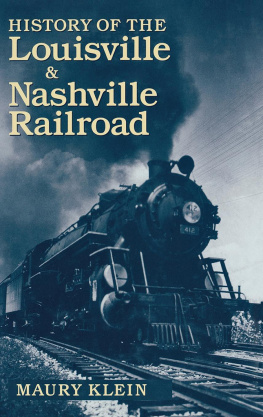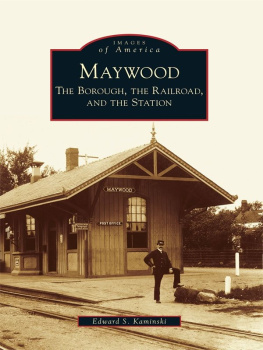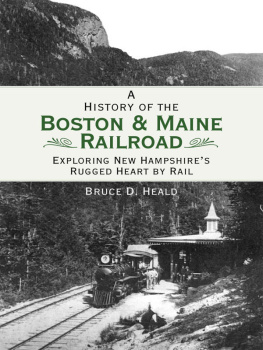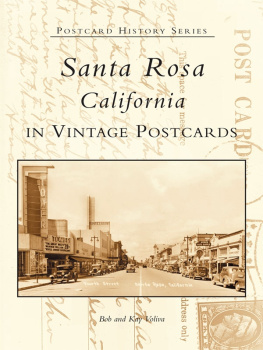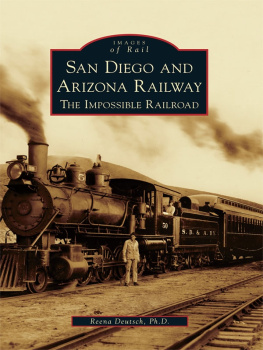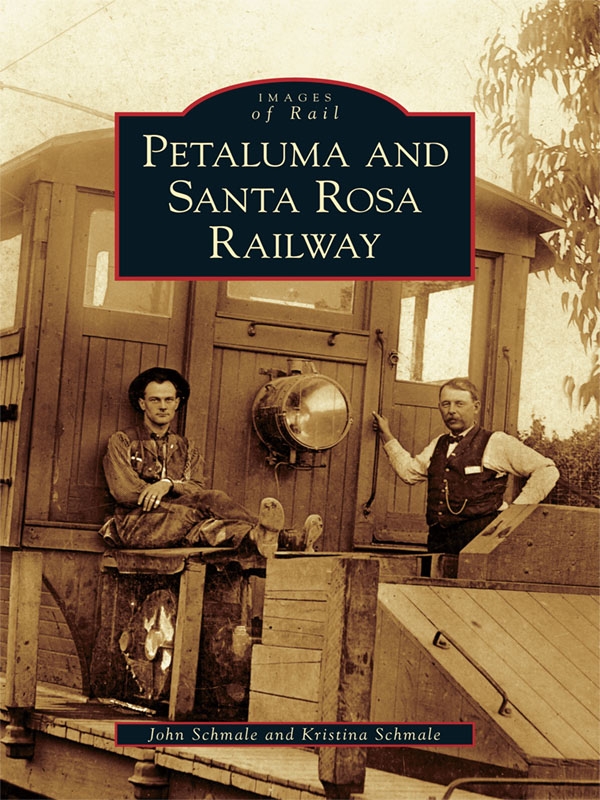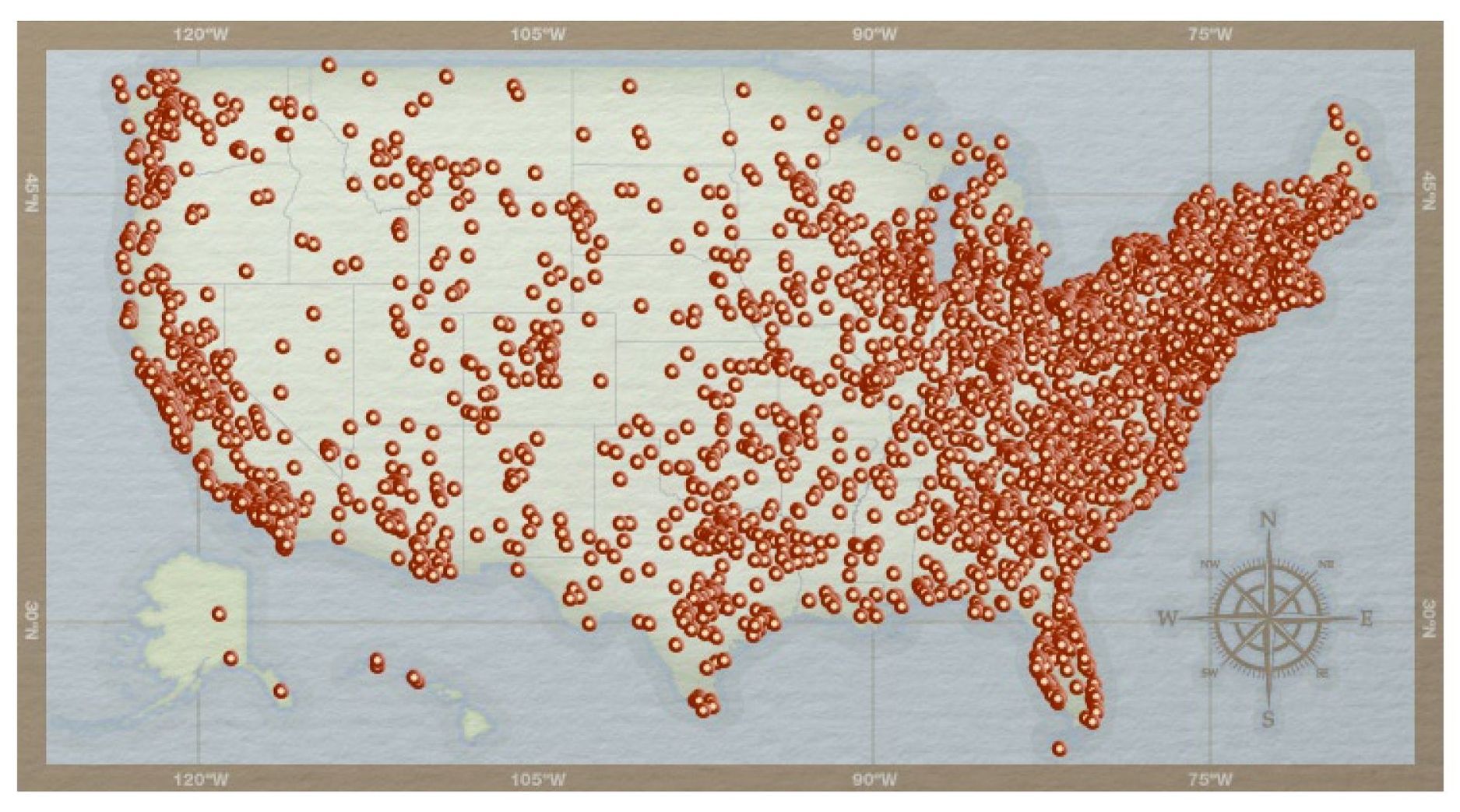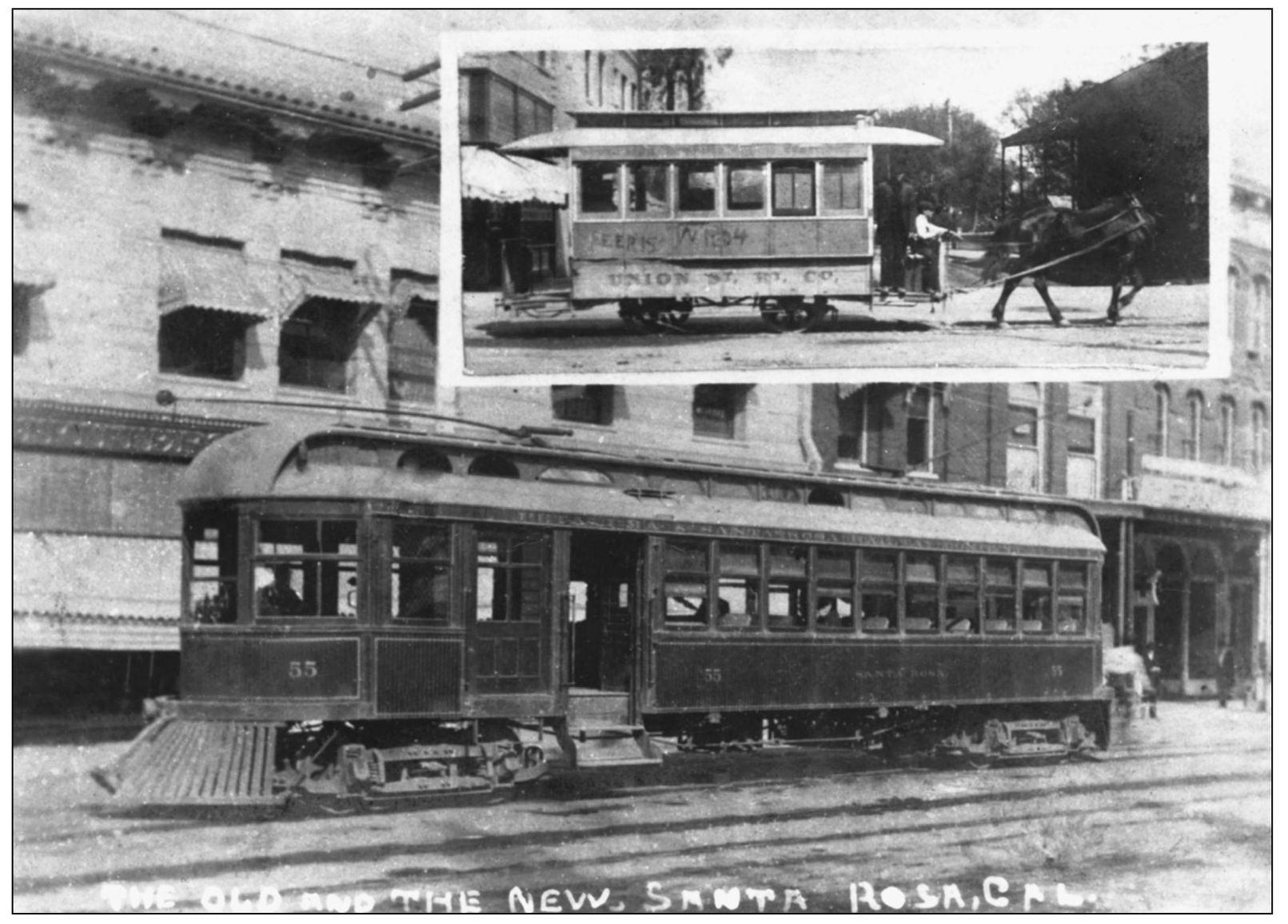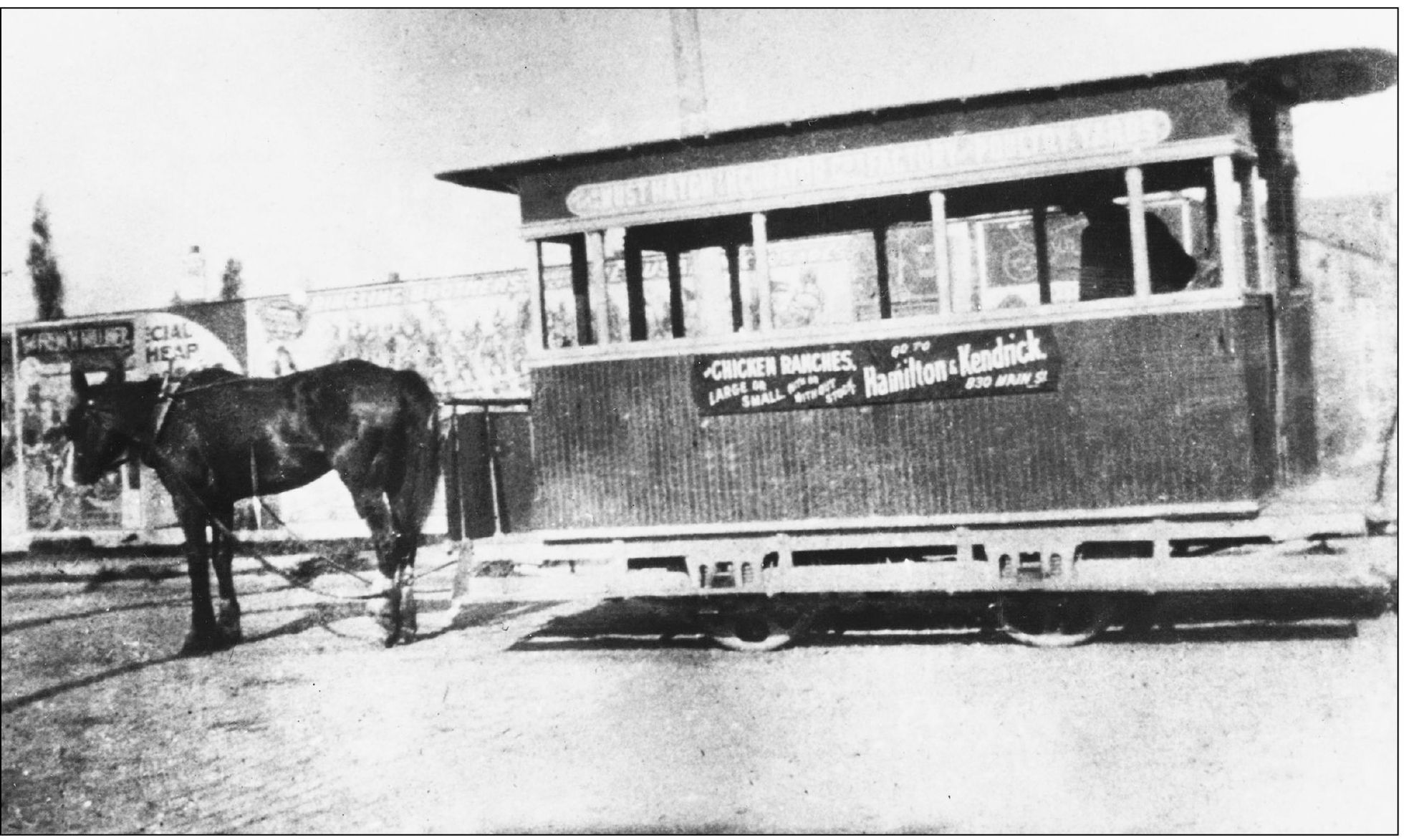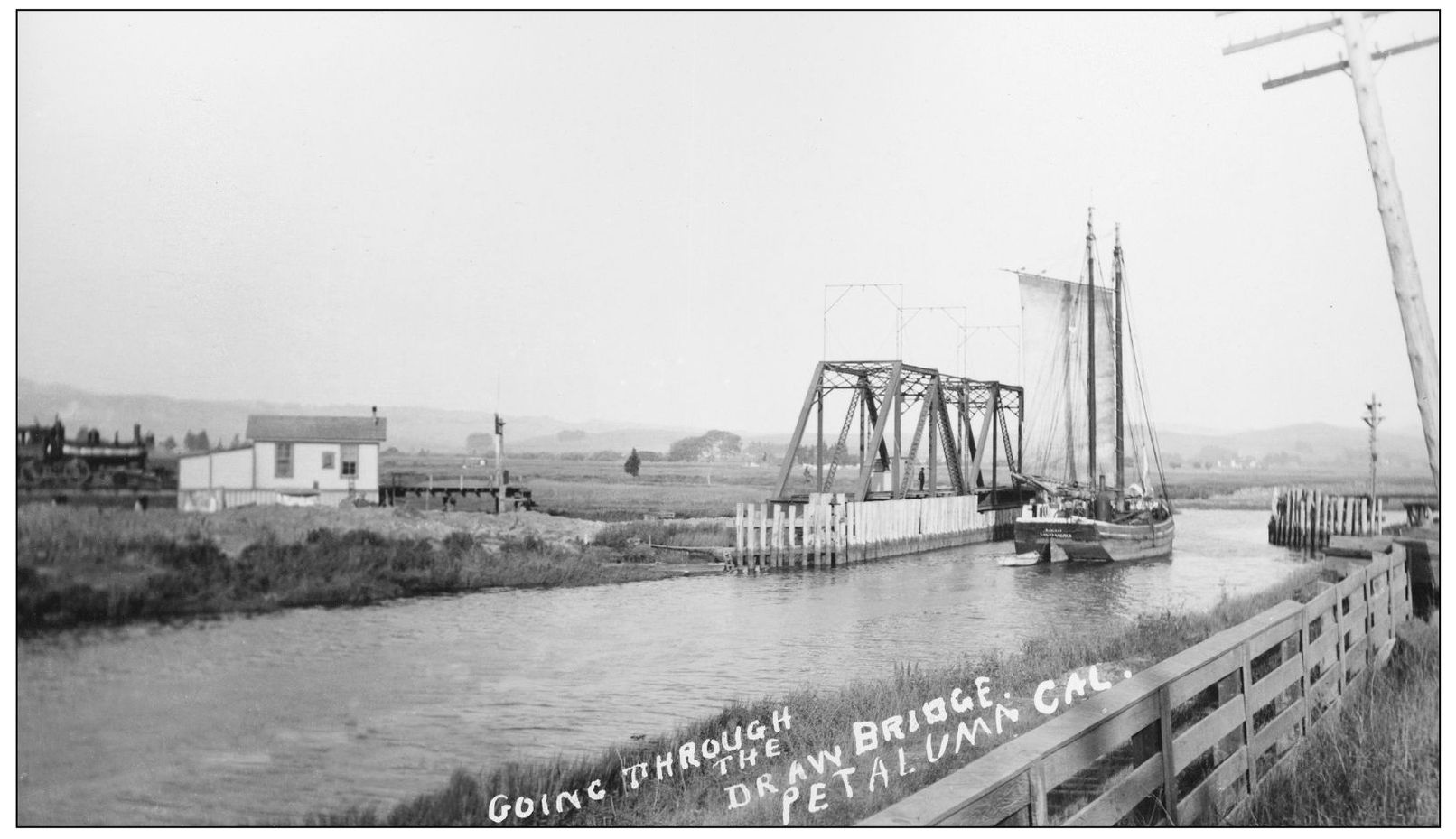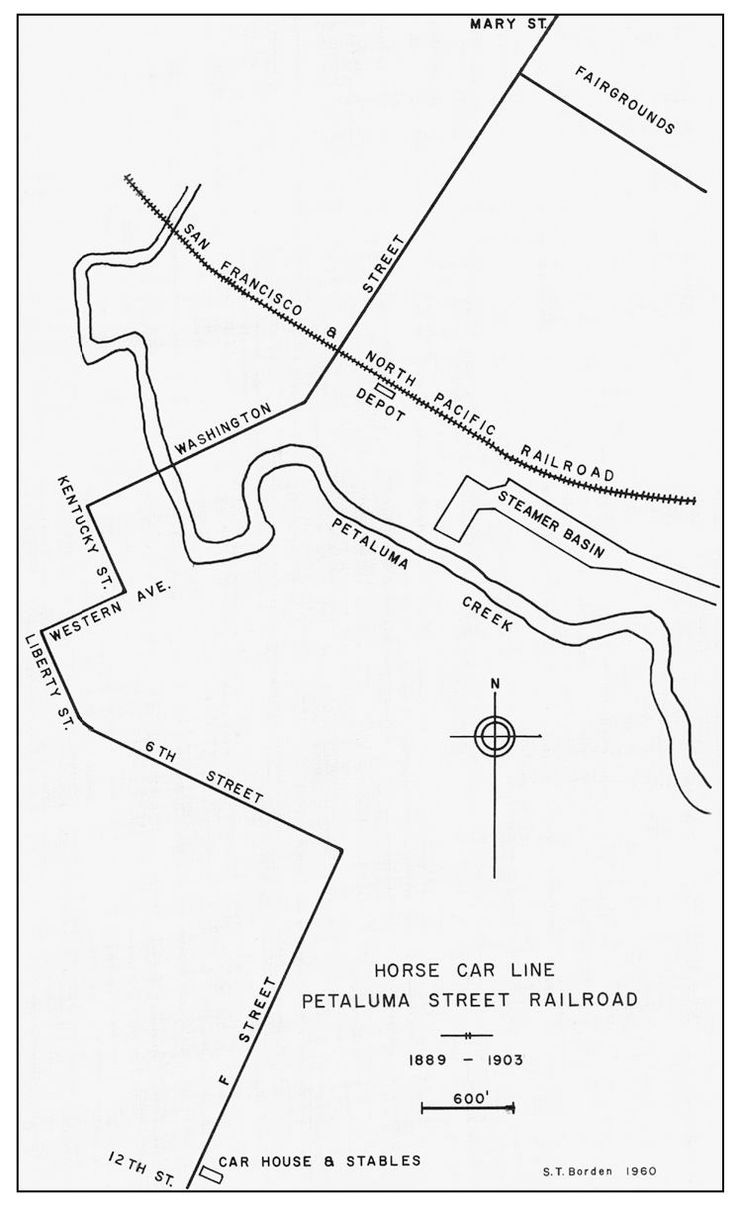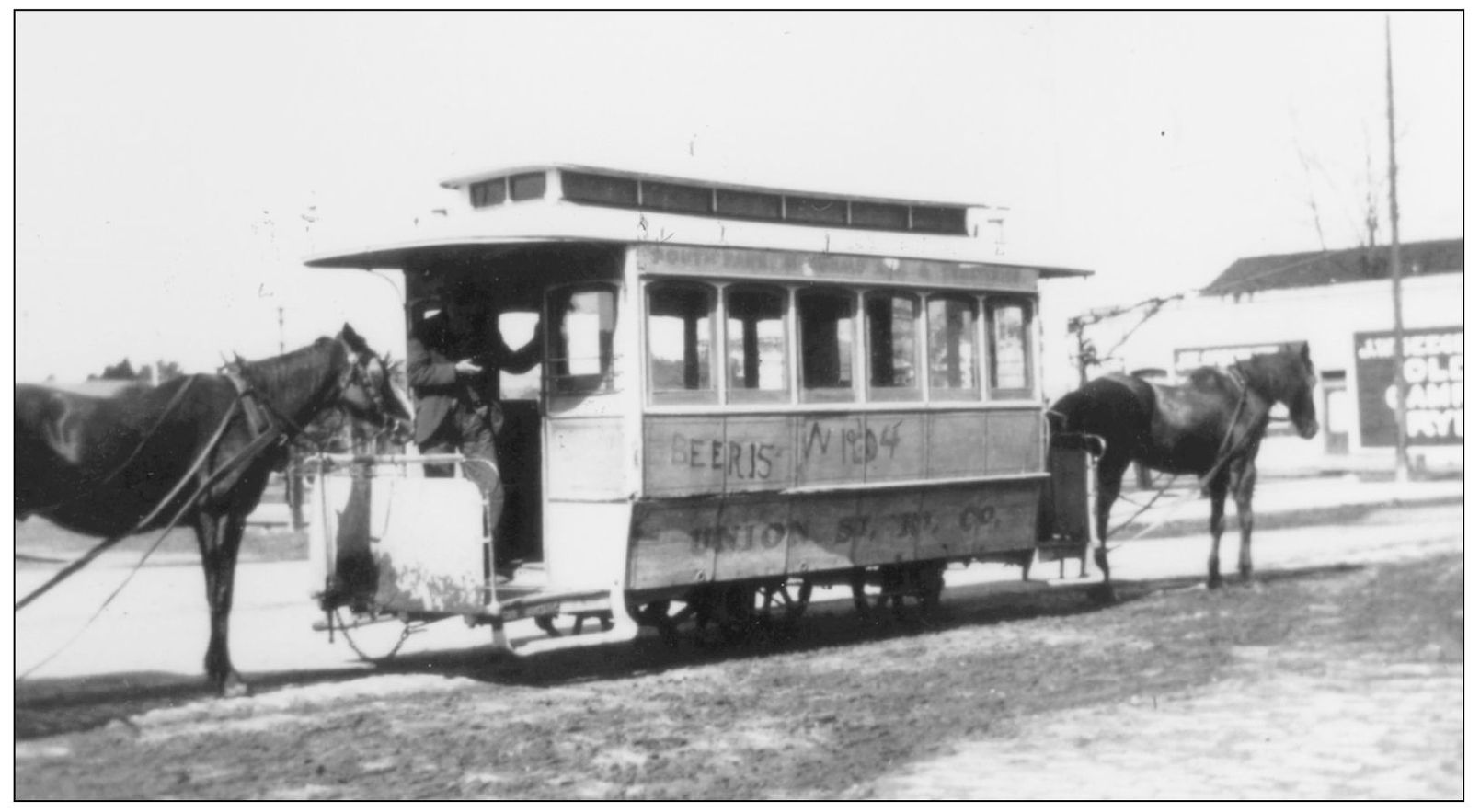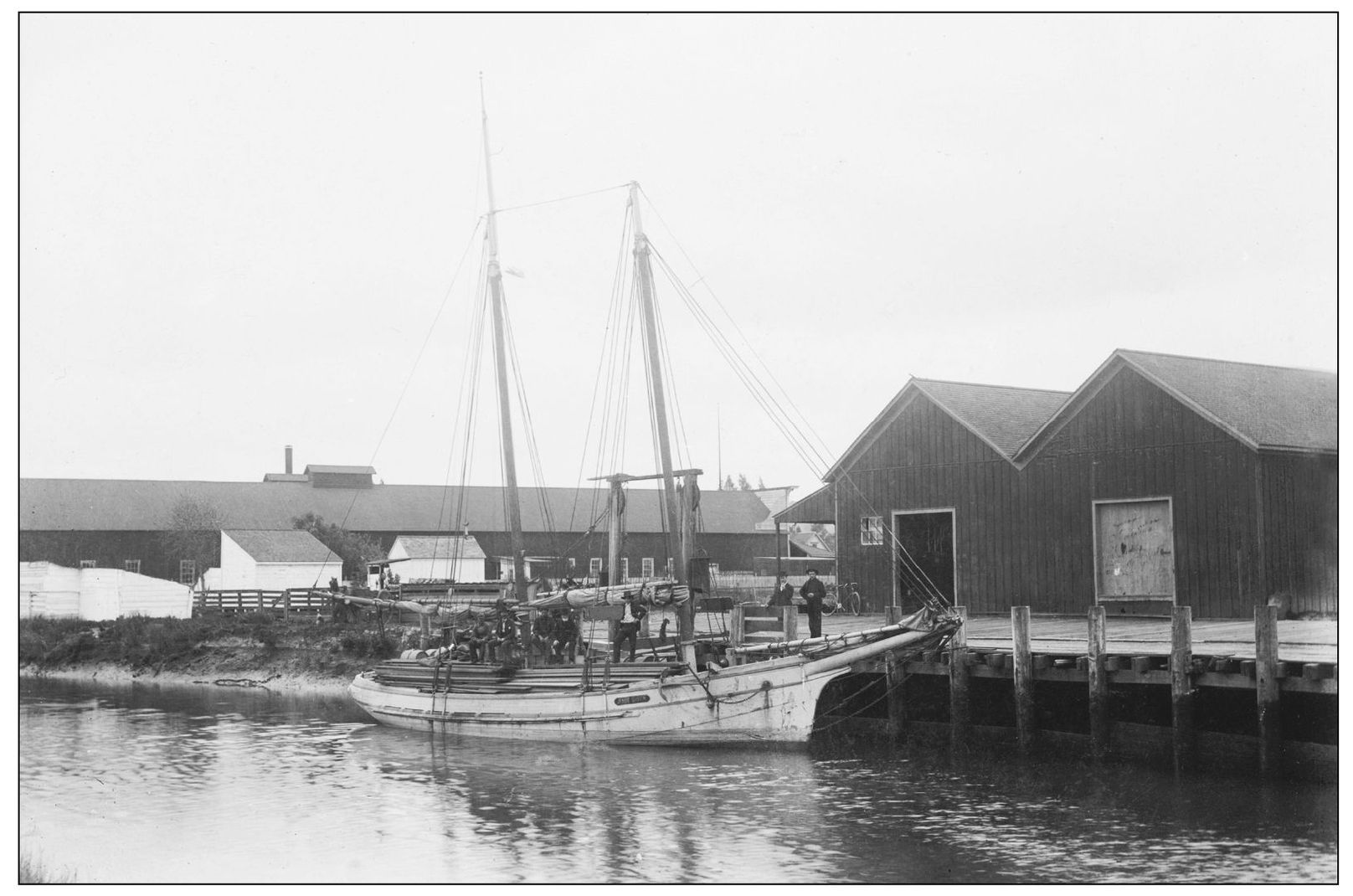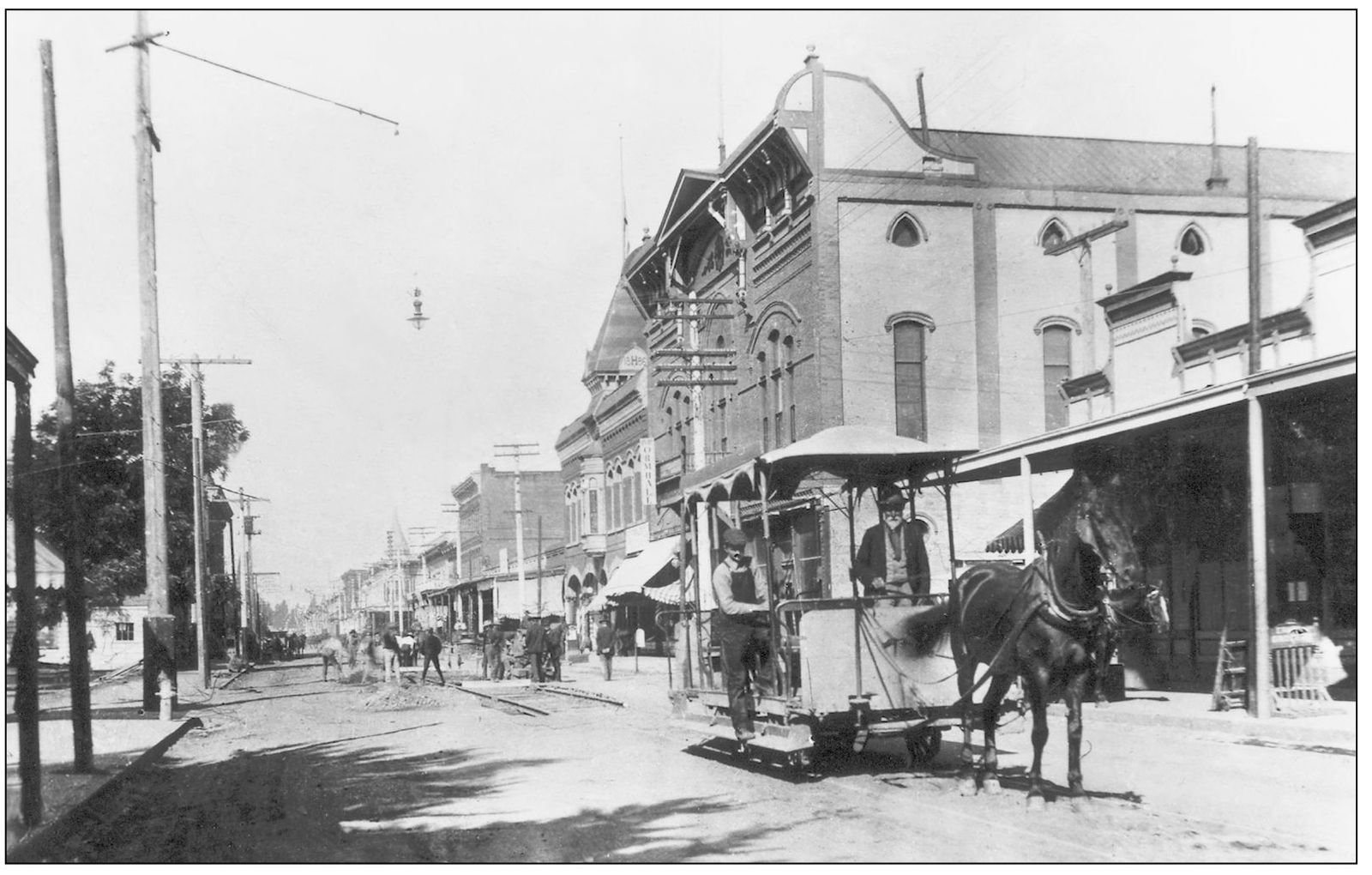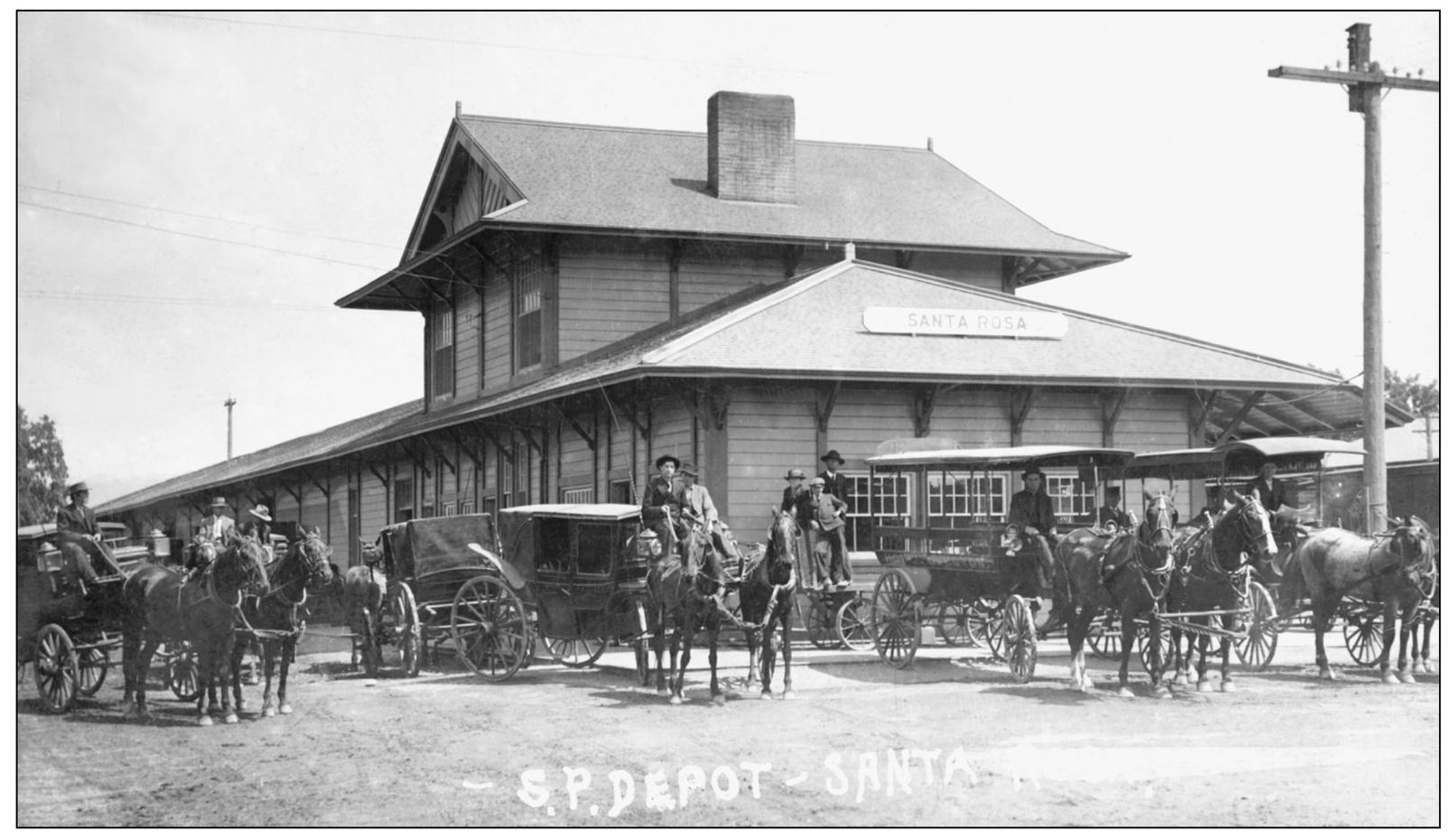John Schmale - Petaluma and Santa Rosa Railway
Here you can read online John Schmale - Petaluma and Santa Rosa Railway full text of the book (entire story) in english for free. Download pdf and epub, get meaning, cover and reviews about this ebook. year: 2009, publisher: Arcadia Publishing, genre: Non-fiction. Description of the work, (preface) as well as reviews are available. Best literature library LitArk.com created for fans of good reading and offers a wide selection of genres:
Romance novel
Science fiction
Adventure
Detective
Science
History
Home and family
Prose
Art
Politics
Computer
Non-fiction
Religion
Business
Children
Humor
Choose a favorite category and find really read worthwhile books. Enjoy immersion in the world of imagination, feel the emotions of the characters or learn something new for yourself, make an fascinating discovery.
- Book:Petaluma and Santa Rosa Railway
- Author:
- Publisher:Arcadia Publishing
- Genre:
- Year:2009
- Rating:5 / 5
- Favourites:Add to favourites
- Your mark:
Petaluma and Santa Rosa Railway: summary, description and annotation
We offer to read an annotation, description, summary or preface (depends on what the author of the book "Petaluma and Santa Rosa Railway" wrote himself). If you haven't found the necessary information about the book — write in the comments, we will try to find it.
With a schedule regulated by the tides and the needs of chickens, the Petaluma and Santa Rosa Railway operated for 81 years as a delightfully quirky egg-hauling enterprise. Modern electric railroad technology paired with ancient low-tech steamboats made possible the overnight shipping of fresh produce to a voracious San Francisco market. The railroad helped Petaluma earn the moniker the egg basket of the world. Incorporated in 1903, the railroad provided efficient train service to this fertile farm region. The famous botanist Luther Burbank located his experimental farm near Sebastopol and proclaimed it is natures chosen spot of all the earth. The railroad survived the devastating 1906 earthquake, opposition from three larger railroads, the Great Depression, and fierce auto-truck competition. The corporation was, mercifully, abandoned in 1984, and most of the rails were removed by 1988. Happily, recent plans call for a tourist trolley to operate over a portion of surviving Petaluma tracks.
John Schmale: author's other books
Who wrote Petaluma and Santa Rosa Railway? Find out the surname, the name of the author of the book and a list of all author's works by series.

